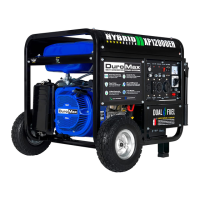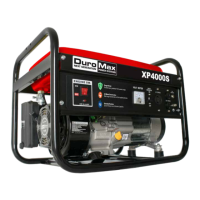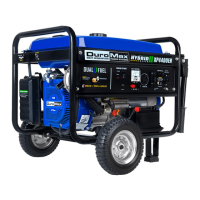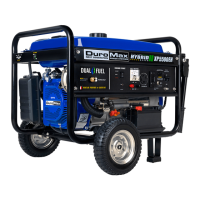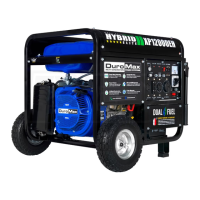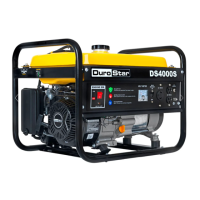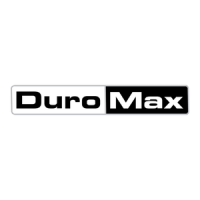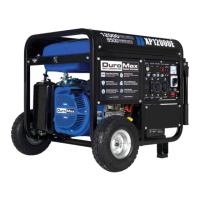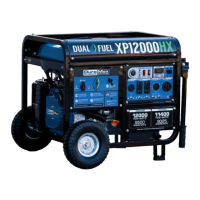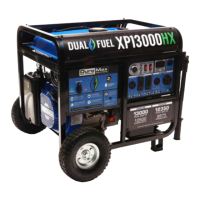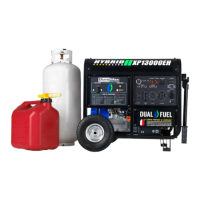Why DUROMAX Portable Generator engine will not start?
- SsolisrobertJul 27, 2025
If your DUROMAX Portable Generator's engine won't start, several factors could be at play. It could be something as simple as the engine switch being in the “Off” position, in which case you should set it to “On”. Alternatively, the fuel valve might be “Closed”; turn it to “Open”. Other potential causes include an open choke (close the choke), an empty fuel tank (add fuel), old or contaminated fuel (change fuel), a dirty spark plug (clean it), a broken spark plug (replace it), the generator not being level (move it to a level surface), or low oil (add/change the oil).
